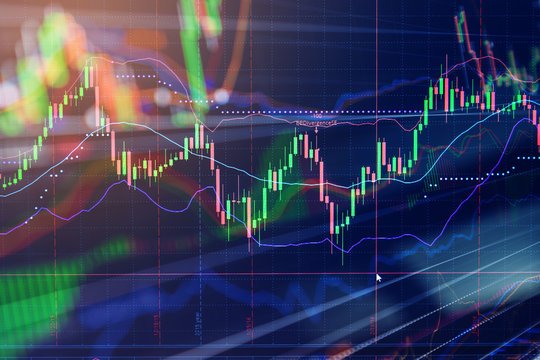While methods for market volume analysis are a crucial part of technical analysis, novice traders tend to ignore them altogether. However, that means you can include them in your trading strategies to get a serious advantage over a huge portion of other traders on the market. There are a couple of crucial tools you should really know about, and we’re going to provide a brief overview of these key tools and explain how you can use them to earn more profits with your trades.
How volumes work
Volumes show how many units of a certain asset are traded each period on the market. While taking that into account is not necessary for many trading strategies, it may prove important: changes in the number of traders can indicate changes in their activity and serve as confirming signals. Volume tools are more useful on long-term intervals because a sharp increase on a shorter timeframe may mean a single major player has entered the market.
There are two kinds of volumes in trading: horizontal and vertical. Horizontal volumes show how many units of an asset are sold at a certain price level. If many transactions occur at some level, it indicates that this is the key support or resistance level for the market. Vertical volumes show how many trades are closed over a certain period of time. If these volumes are on the rise, that means more and more traders are interested in the asset, and that may be a sign of an incoming trend breakout.
Many of the best volume indicator types are vertical ones. Let’s take a look at the most useful of them.
Volumes
The most basic of them, this volume indicator shows activity on the market. It’s a histogram under the main price chart that shows how volumes change: a red bar means the volume has decreased since the previous period, and a green one means the volume has increased. A row of green bars usually means that there’s a strong trend on the market. A couple of unusually high bars can indicate the end of the current trend.
On Balance Volume
One of the best volume indicators, OBV links prices and volume changes of an asset. It compares the closing prices of the current and the previous candles: if the current one is higher, then its volume gets added to the previous one, and vice versa. It’s usually used for trend confirmation: if the price moves up together with the indicator, the trend is considered strong.

